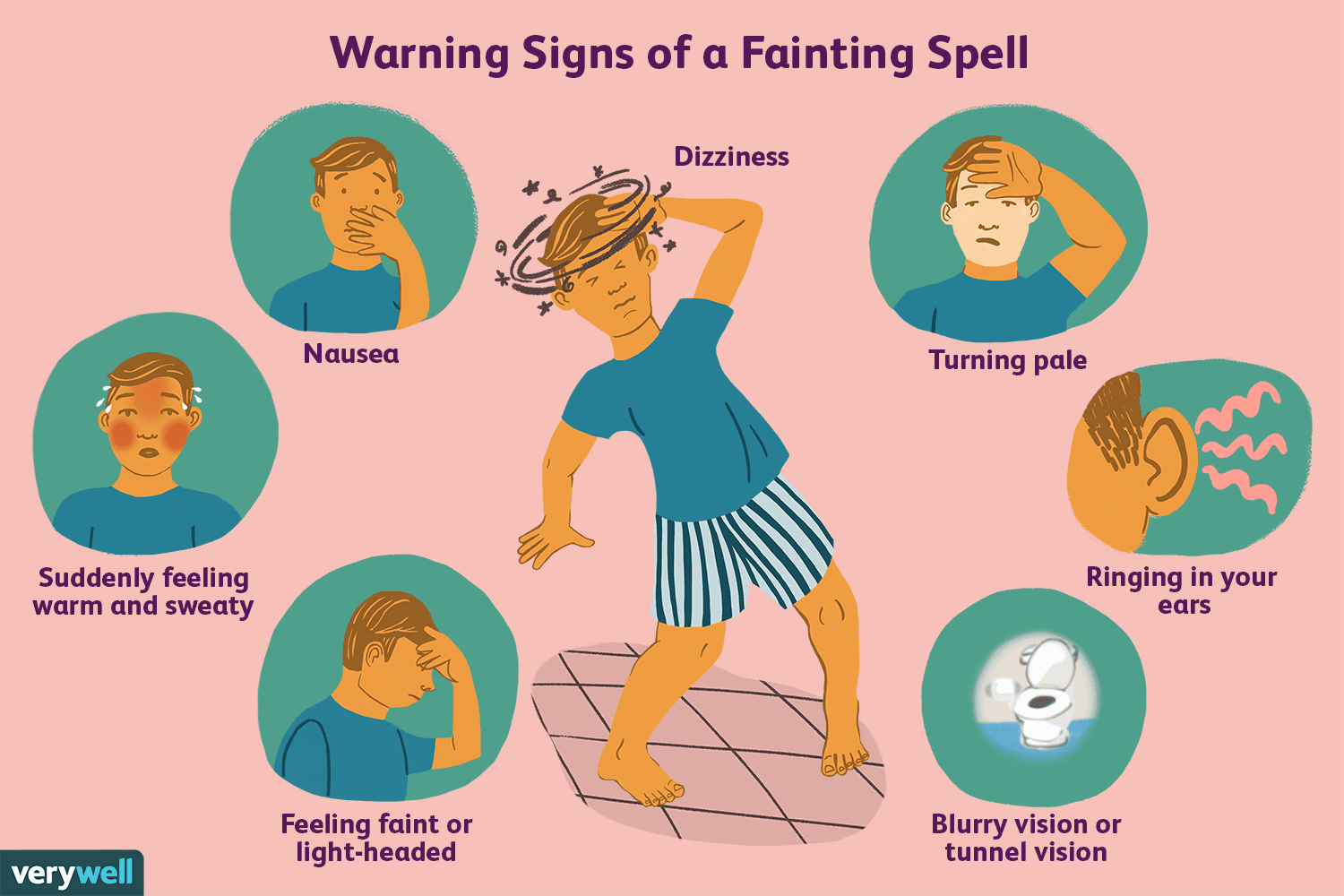Vasovagal Syncope

Vasovagal syncope is a condition that causes fainting. If you are experiencing these symptoms, you may want to see a doctor. The doctor can perform several tests to determine whether the condition is caused by a seizure or other health problems. Among these tests is an electroencephalogram, which measures electrical activity in the brain. Another test that may be done is the tilt-table test, in which patients lie on a table that tilts upward. Patients with vasovagal syncope may faint during this test. Similarly, a hemodynamic test, which uses a special type of X-ray called gamma-camera, can help diagnose a patient's blood circulation problems.
Symptoms
Vasovagal syncope is a condition in which the vasomotor system fails to send blood to the brain in time to restore consciousness. When this happens, a person should lie down and elevate their legs, so that blood can flow back to the brain. A person may also experience dizziness or nausea after the episode. Symptoms of vasovagal syncope may last for a few minutes or even for a day.
While vasovagal syncope episodes are usually not serious, a physician should investigate the underlying cause. For example, a patient suffering from heart disease may be more prone to fainting due to high blood pressure. Moreover, a person with vasovagal syncope should avoid any dangerous activities.
Diagnosis
The diagnosis of vasovagal syncope is usually made by performing a physical examination. The physician will listen to the heart, measure blood pressure, and possibly massage the major arteries of the neck to determine if they are constricted. An electrocardiogram is also used to detect irregular heart rhythms. The patient may have to wear a portable monitor for a month to collect data. The doctor may also order an echocardiogram, which uses ultrasound imaging to look at the heart.
In patients with symptoms of vasovagal syncope, a complete history and physical examination are required. The doctor may also perform blood pressure measurements and an ECG to rule out other causes of syncope. If the cause of the syncope cannot be determined, the patient may be sent to the hospital for further evaluation. Further tests may include an exercise test and an echocardiogram, which examines the heart's structure and pump function.
Treatment
The treatment of vasovagal syncope is largely conservative, although certain medical interventions are required in severe cases. There is no definite cure for this disorder, but there are drugs that can treat it. Pharmacological agents include beta-blockers, desmopressin, theophylline, and ephedrine. Theoretically, these drugs should improve symptoms, but there is only limited evidence for their effectiveness.
Vasovagal syncope is the most common cause of fainting, and although it is a relatively benign condition, it is nonetheless a serious health condition that can affect a person's quality of life. While most people experience just one or two episodes of vasovagal syncope, others have repeated episodes and may require a heart pacemaker.
Preventing
Preventing vasovagal syncopal symptoms involves taking steps to improve circulation. This includes avoiding triggers, increasing fluid intake, and lying down at the first sign of prodromal symptoms. This type of therapy is free of cost and risk, and should be the first treatment option for prodromal symptoms.
Symptoms of this condition are categorized as mild to moderate. Physical counter-pressure maneuvers should be performed, if necessary. Patients should also avoid standing for longer than five minutes after experiencing syncope. Avoid arising too early, as this can trigger the symptom recurrence.



